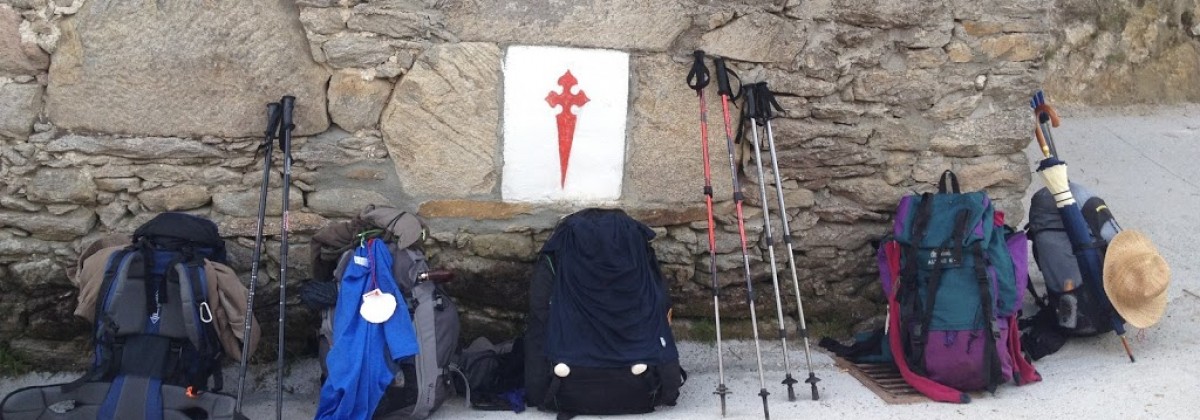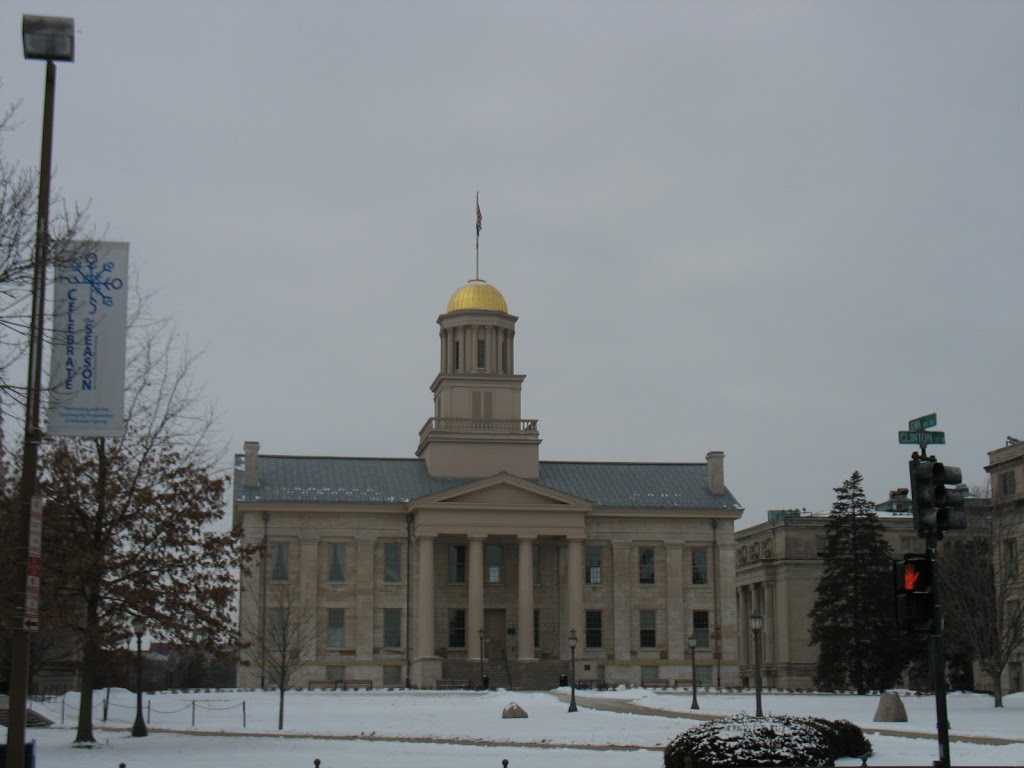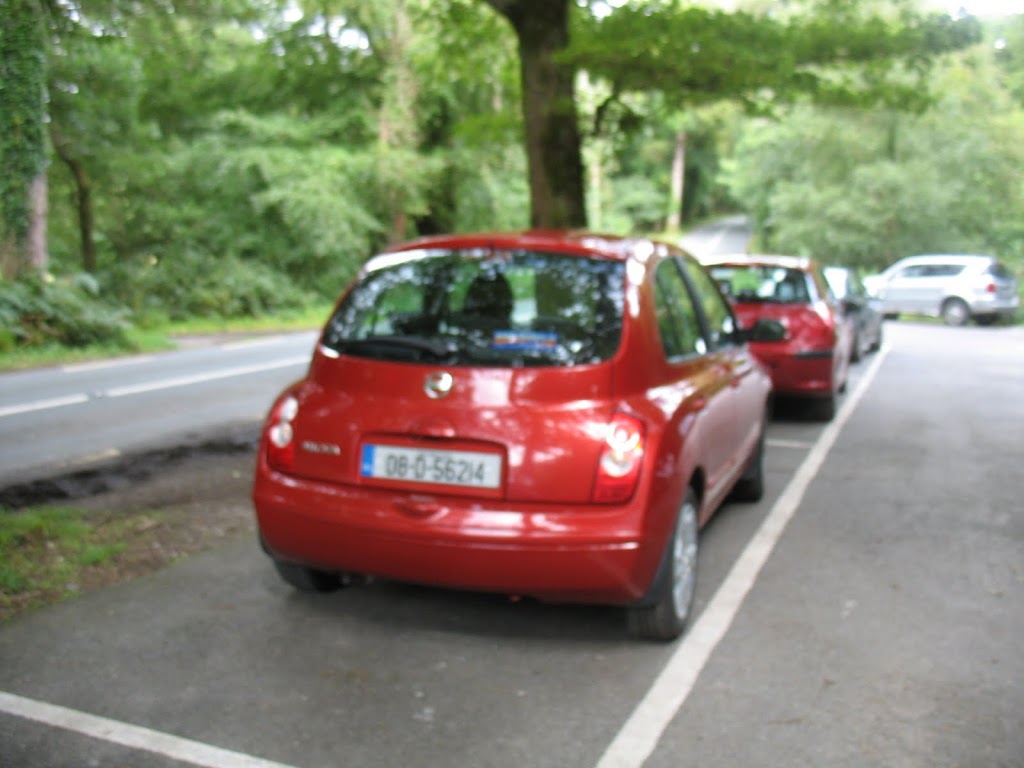
one thing I’ve wanted to do since I first lived in California was to drive along Highway 1. the few times I drove up to the Bay area while living in San Diego, though, I had time constraints and no one to enjoy the drive with me. in hindsight, I’m glad I waited because we had a great time driving back from Monterey along Highway 1 as part of our mini-moon. neither the drive nor the weather disappointed as we set off early on a late-August morning.
the highway, which runs along the coast from Orange to Mendecino County was constructed in segments starting in 1910 and sported many names over the last century, until a legislative act designated it all California State Route 1. between 1915 and 1964, all the different segments had numerical designations, but only highway planners and legislators ever referred to those numbers; designations never appeared along the roads themselves.
the stretch between Carmel (just south of Monterey) and San Simeon (site of newspaper magnate William Randoph Hearst’s famous castle) received initial state funding in 1919, followed by some federal funding in 1921 and support from the New Deal later. much of the highway went up because of the labor of convicts. the San Quentin State Prison set up three camps along the route, paid inmates $0.35 a day and offered reductions in sentences in exchange for their unskilled labor.

the stretch of highway we drove required the construction of 33 concrete bridges, including the iconic Bixby Creek Bridge near Big Sur. prior to the completion of the bridge, residents of Big Sur often endured months of isolation in winter; the single-lane stagecoach Old Coast Road, which connected the community to the inland, became impassable with rain and the rugged coastline made deliveries from Monterey or San Francsico by boat difficult. the bridge (and creek) are named after a gent who moved to the Monterey Peninsula in 1868 and purchased a large tract of land near Big Sur to harvest lumber and produce and distribute other wood products from his sawmill. the bridge was designed by F.W. Panhorst who, along with highway engineer C.H. Purcell, opted for a cement span for its lower material and maintenance costs (a steel span! that close to the ocean! what kind of fool would do that?!) and for its more natural aesthetic. it took 14 months to construct and, upon completion, was the longest concrete arch span bridge in the California highway system. the bridge itself is 714 feet long, the main arch is 320 feet long, and over 280 feet high. extensive seismic retrofitting occurred in the late 1990s but even after the updates, the bridge remains classified as “functionally obsolete” because it is less than 32 feet wide, as required with newly-built bridges.
the route finally got consistent numbering in 1964 thanks to legislative action, though different segments of highway have different names (Pacific Coast, Cabrillo, and Shoreline) going up the coast and local roads often weren’t changed to align with the numbering. the entirety of route 1 is a Blue Star Memorial Highway, honoring armed forces and the section between Big Sur and Carmel is a national scenic byway, declared in 1965 and dedicated in 1966 by Lady Bird Johnson from the Bixby Creek Bridge. and all around well worth the drive time!
















